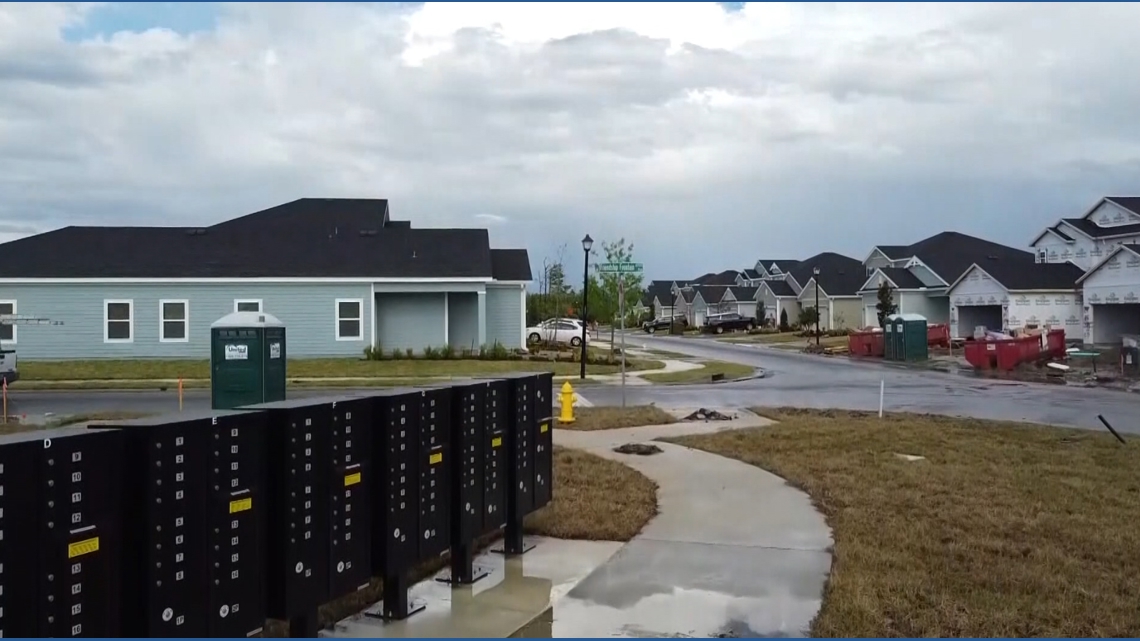If you’ve walked through a newly built home, you may have noticed a few differences compared to floor plans from nearly a decade ago: they’re smaller.
JACKSONVILLE, Fla. — New data reveals a significant shift in how homes are being built in Jacksonville. A recent study found that new houses are, on average, 16% smaller than those built just eight years ago.
And it’s not just Jacksonville. The trend of building smaller homes is happening across Florida. In fact, the state ranked in the top 10 states with the biggest decrease in home size from 2017 to today.
The study, conducted by Level Frames, used data from the U.S. Census and the National Association of Home Builders to show this clear shift, whether future homeowners realize it or not.
The reason, according to William Sharp, a realtor with House & Haven, isn’t about cutting corners. It’s about cutting costs and making homes more affordable in today’s tough economic climate.
“Builders are really focused on affordability right now. With rising material costs and higher interest rates, fewer buyers are able to afford larger homes in today’s market,” Sharp explained. “So it makes sense that builders are shifting toward smaller designs to keep prices attainable.”
But smaller doesn’t necessarily mean cramped. Sharp says today’s homes often feature smarter, more energy-efficient layouts that maximize every square foot. And for many buyers, the focus has shifted to getting the biggest bang for their buck.
“I think people are more willing to compromise on size now. It’s more about flexibility, how they plan to use the space. Buyers are focused on where the home is. A safe, growing neighborhood often matters more than total square footage,” he adds.
When asked whether homes will continue to shrink in the future, Sharp and other real estate experts at House & Haven say that while affordability remains a key focus of Florida builders now, we may see homes getting larger again once material costs and interest rates go back down.
Although builders are using more cost-effective materials in newer homes, Sharp emphasized that this does not impact the structural integrity of the homes.
